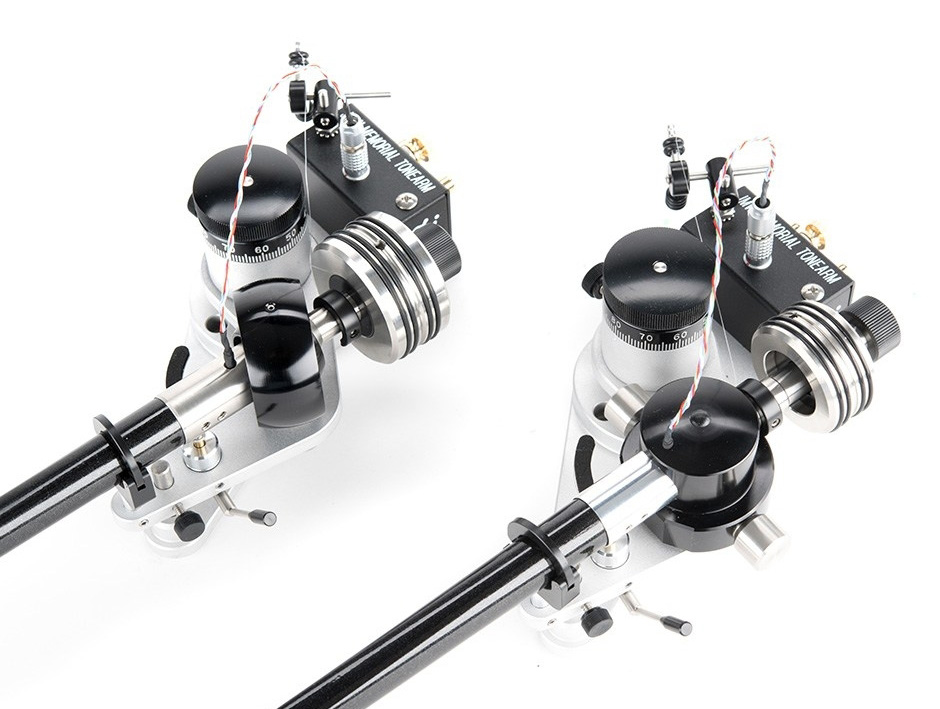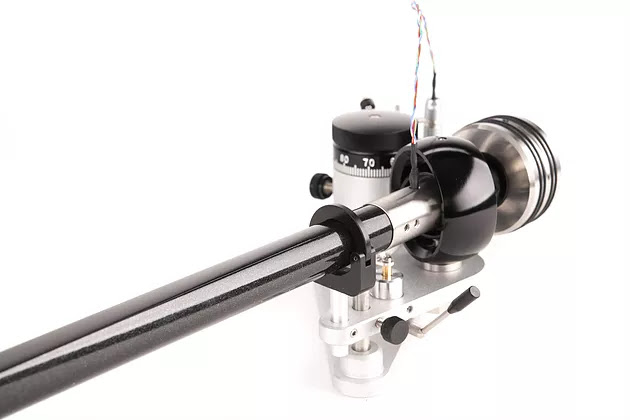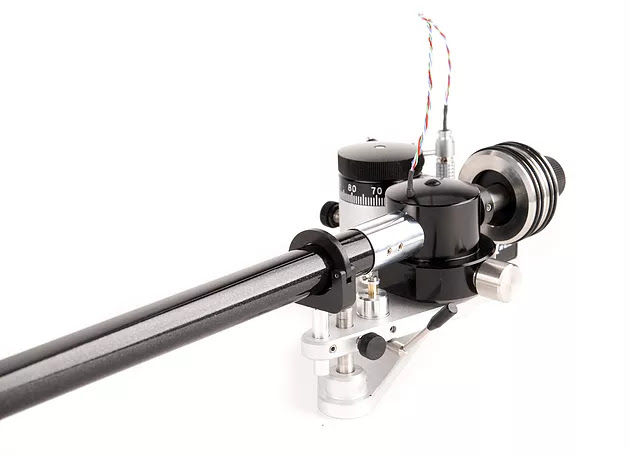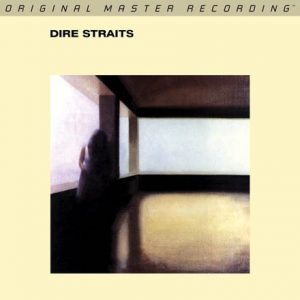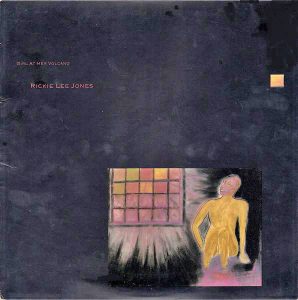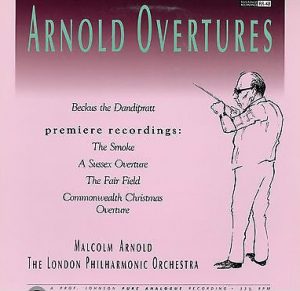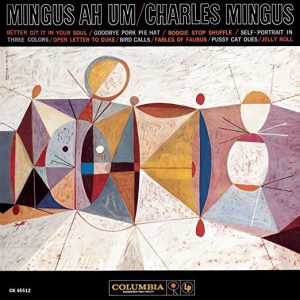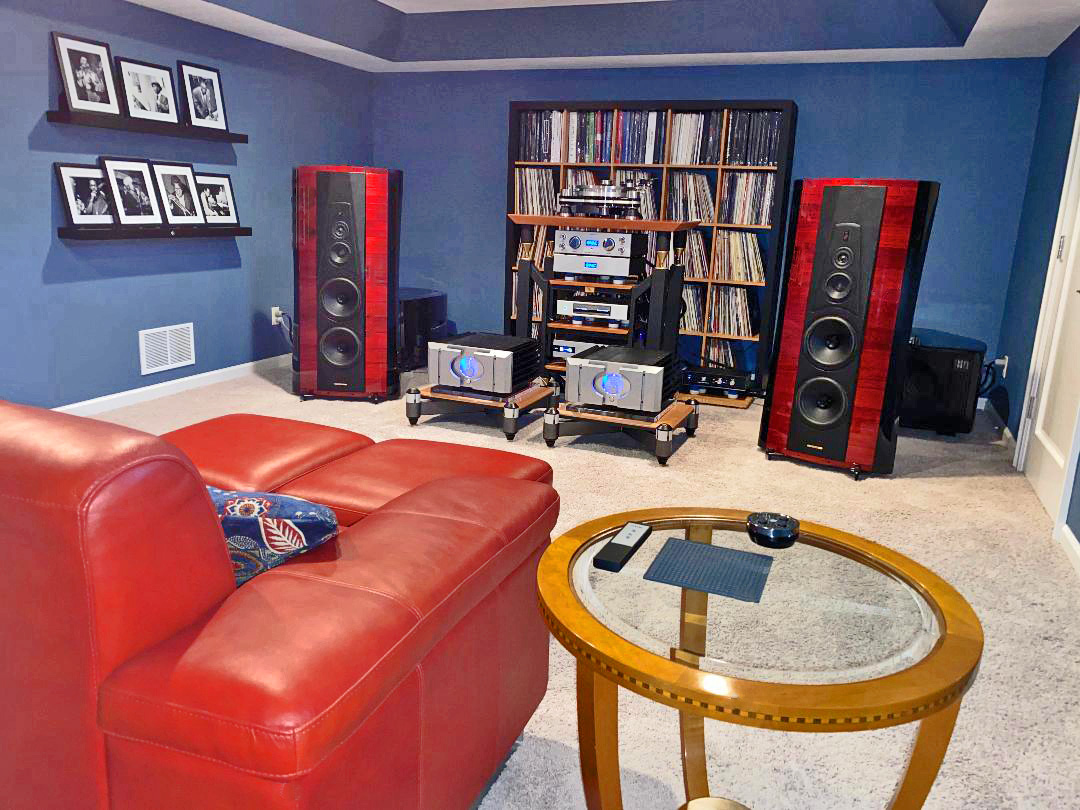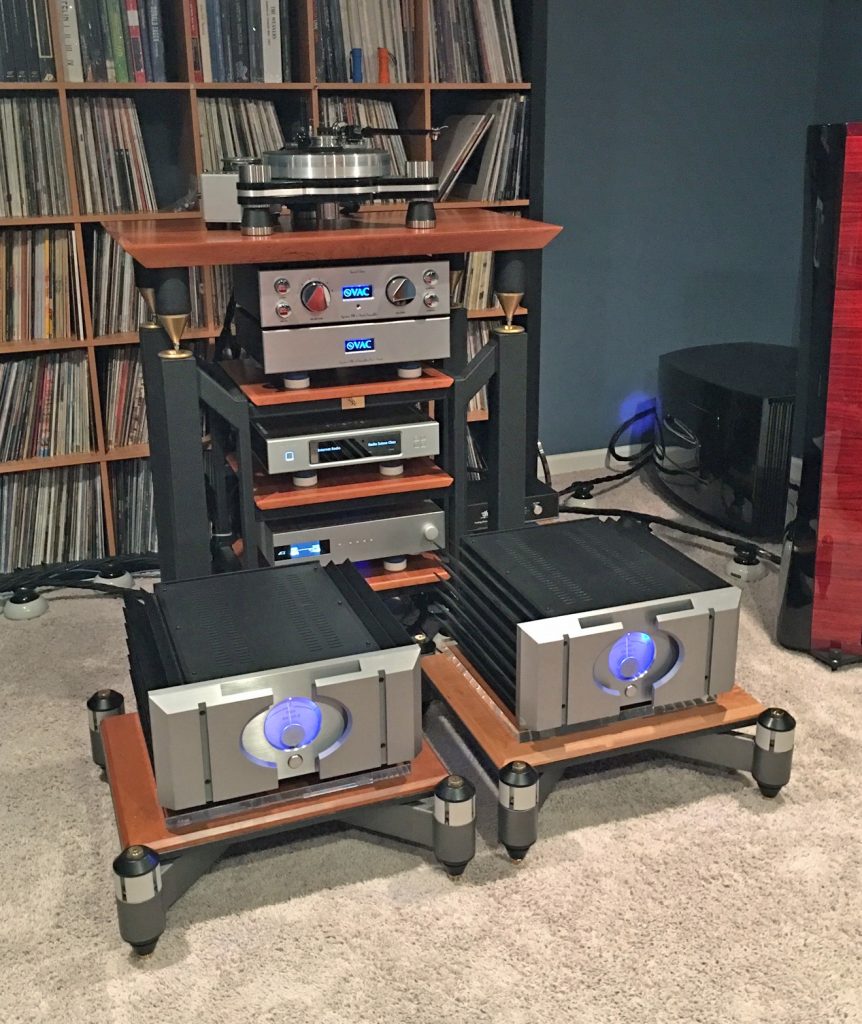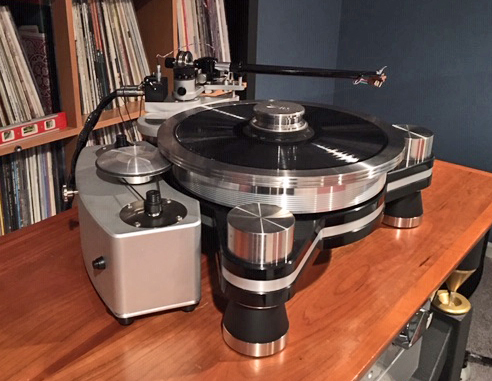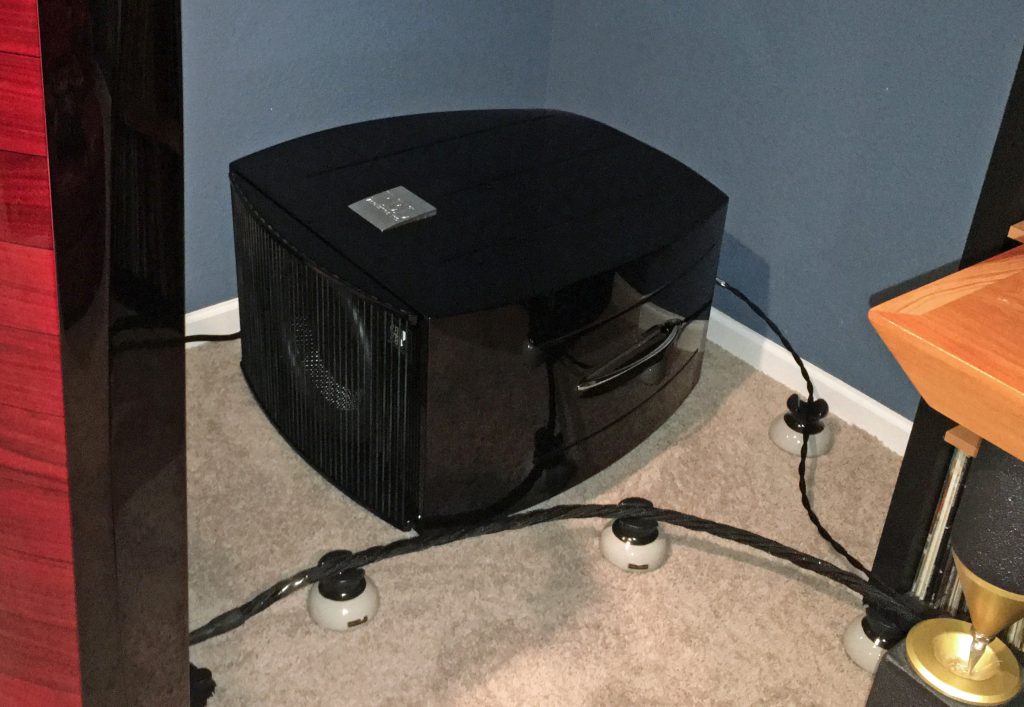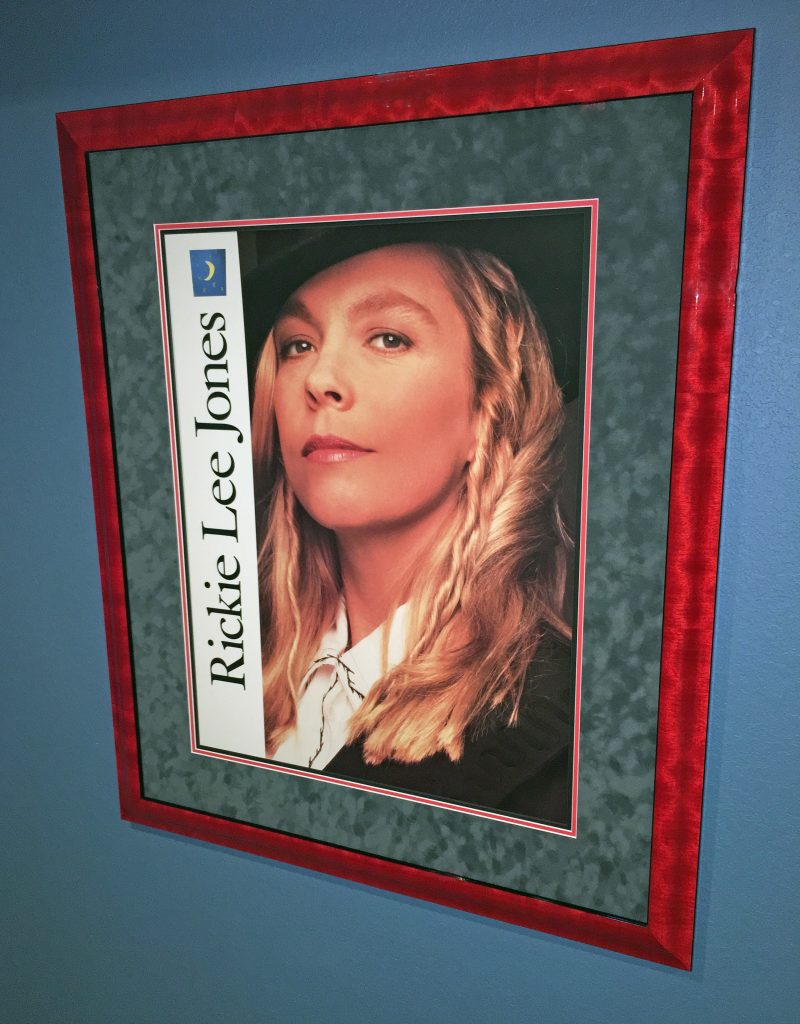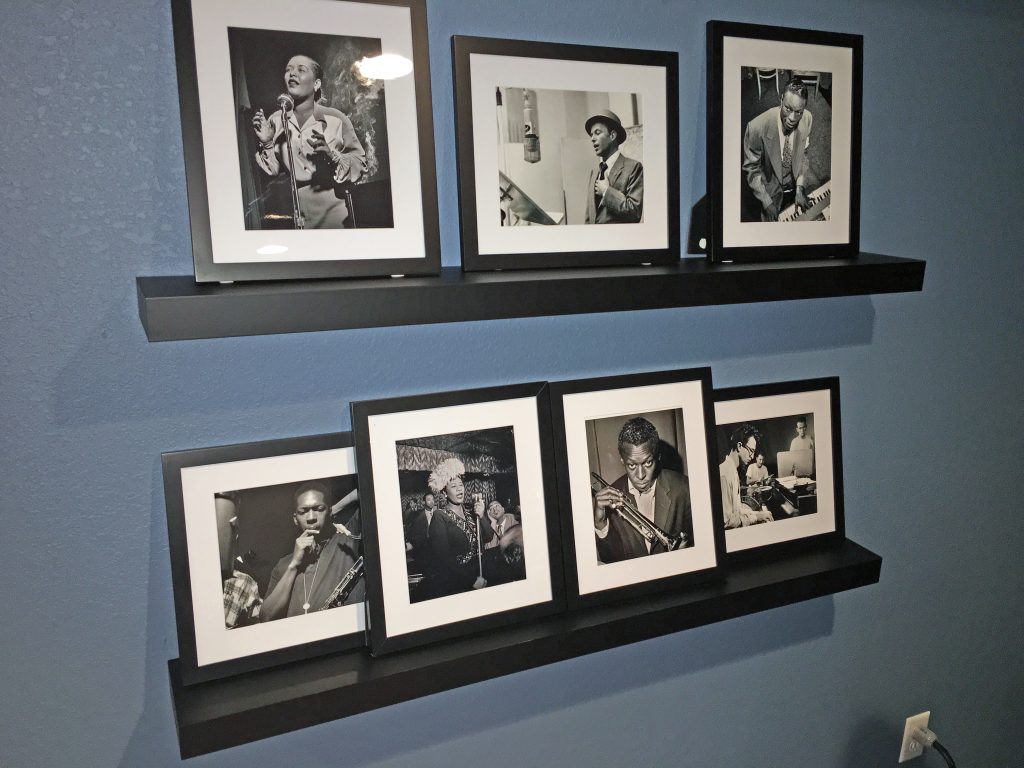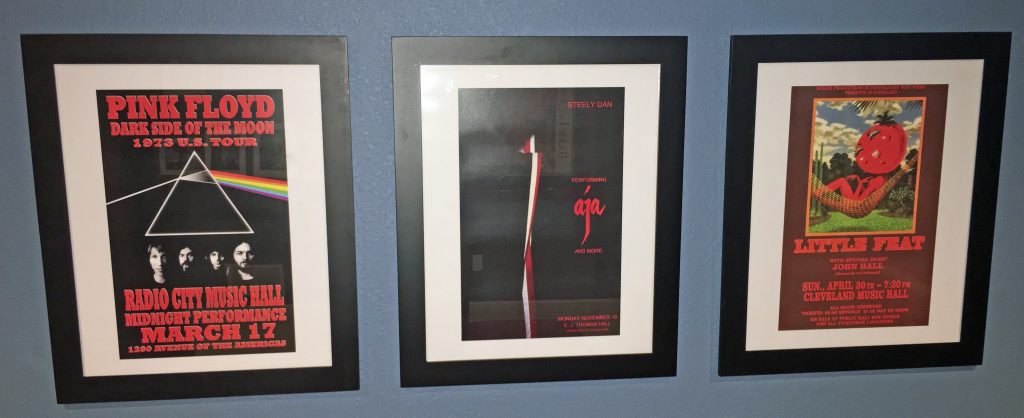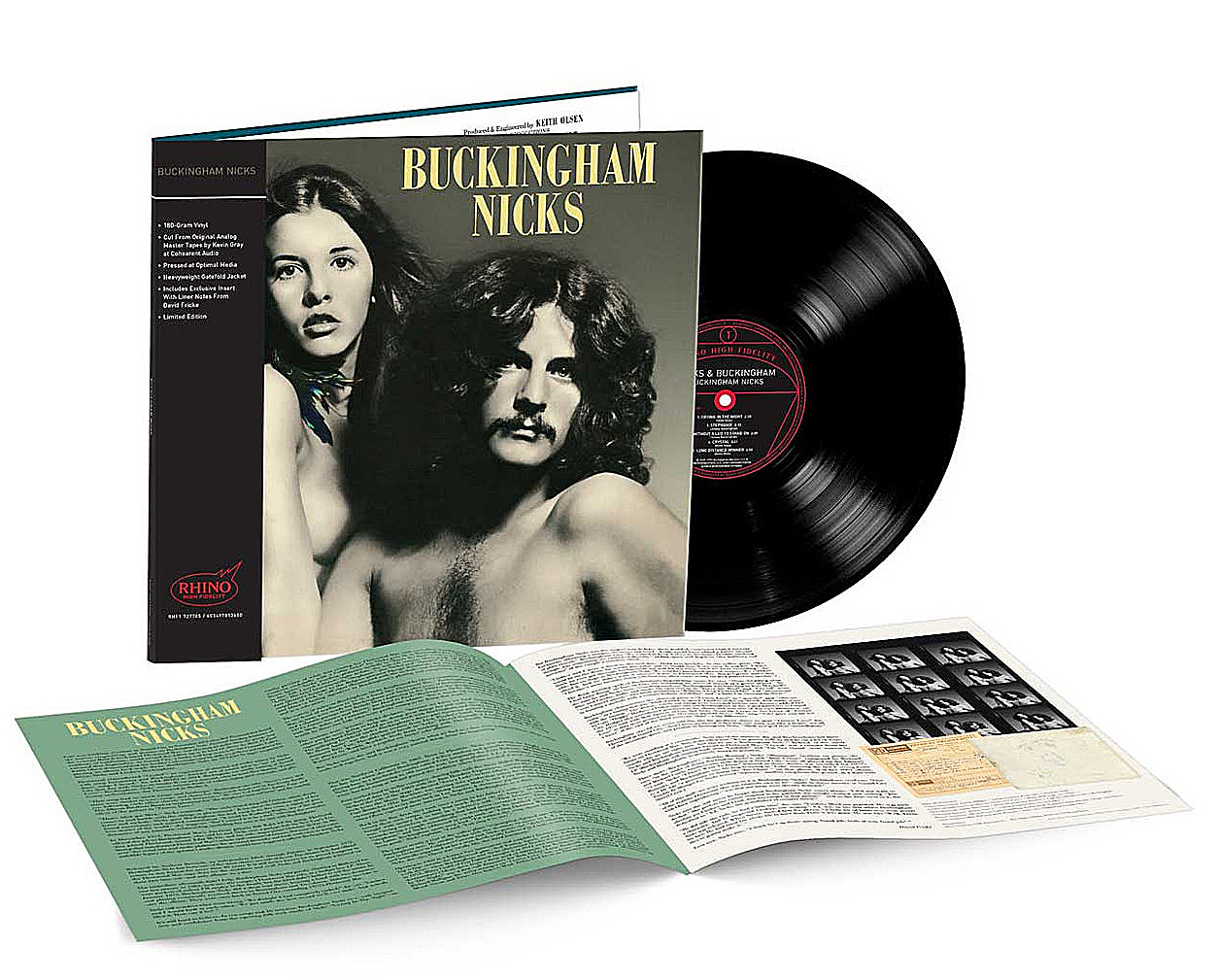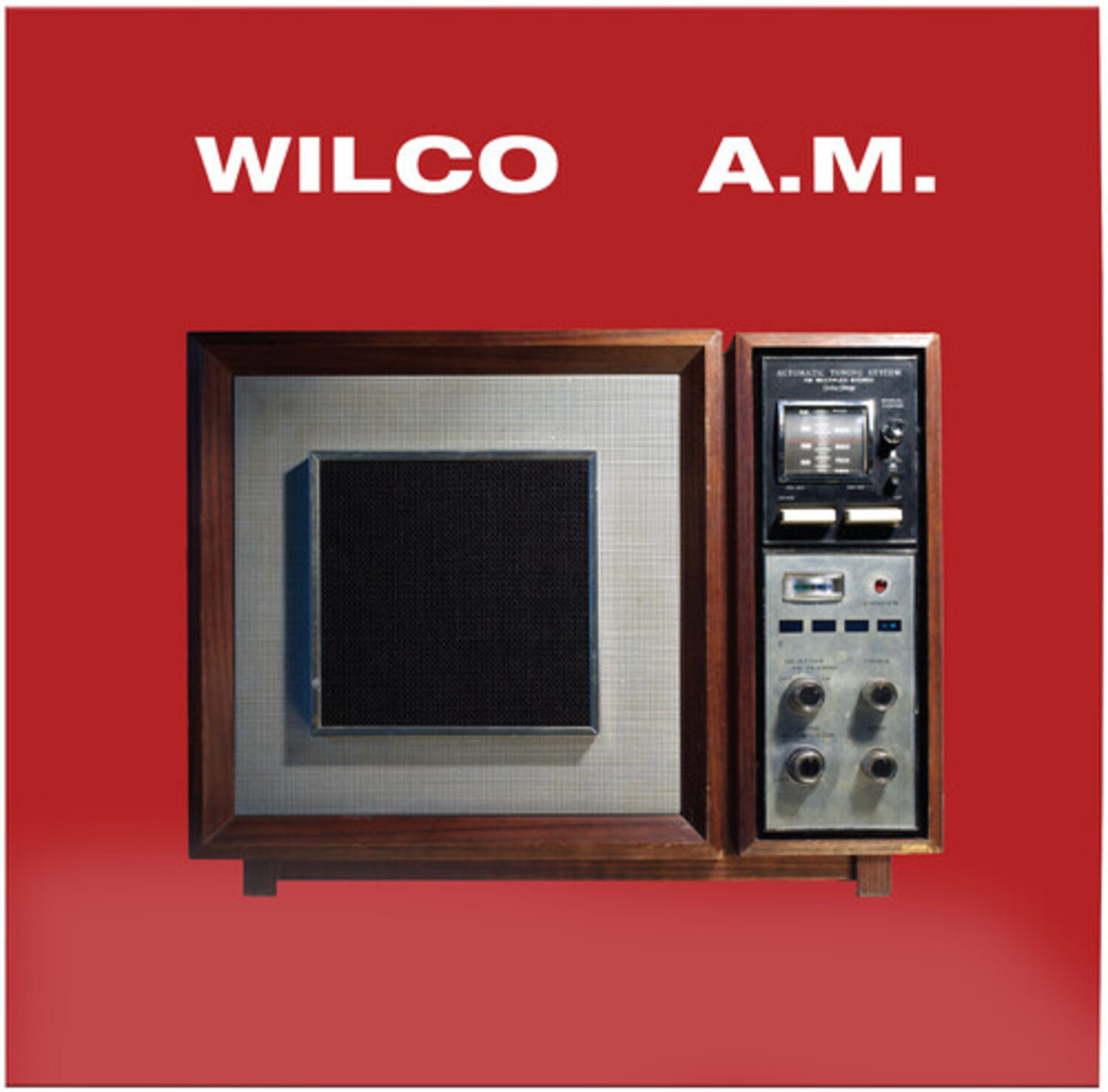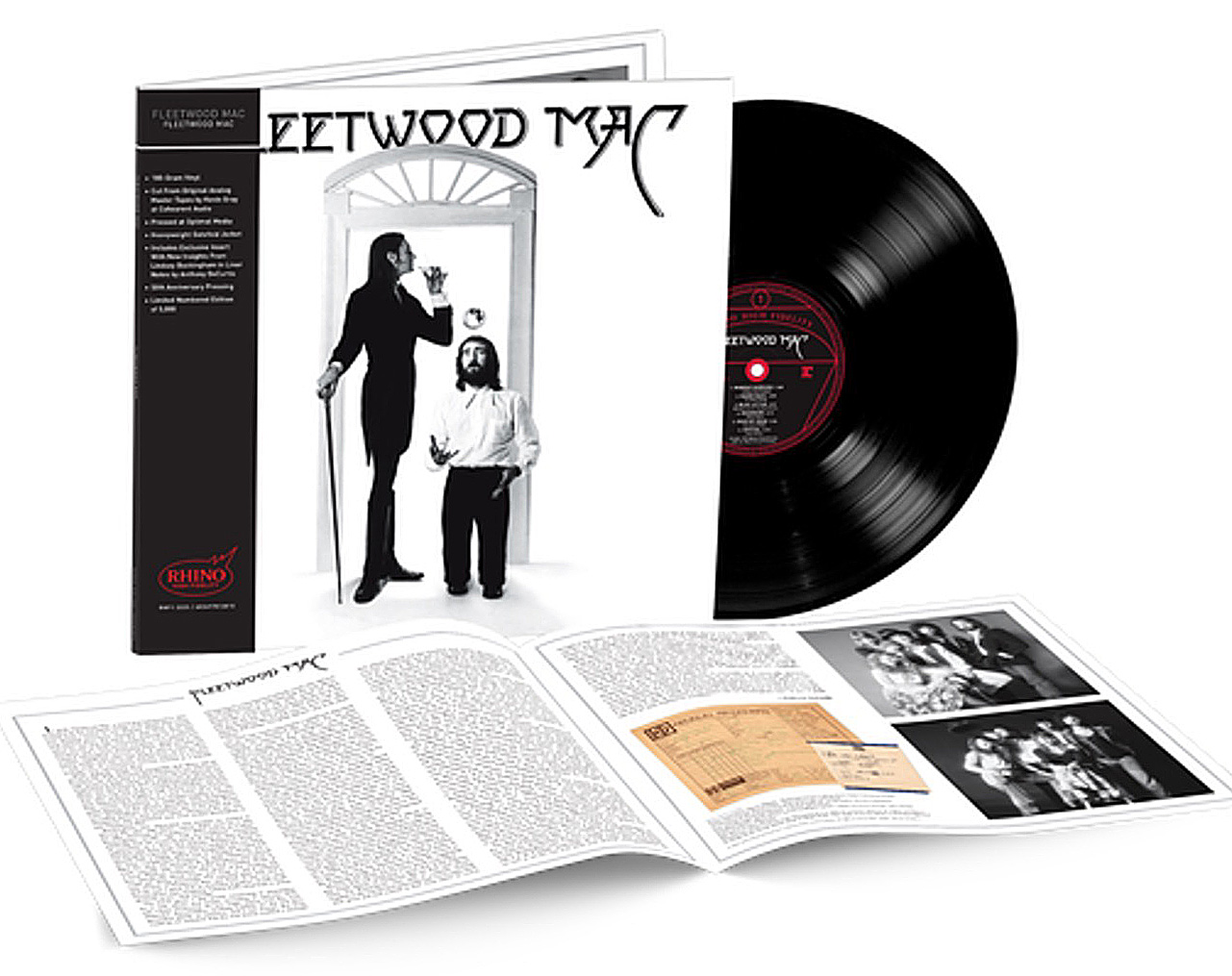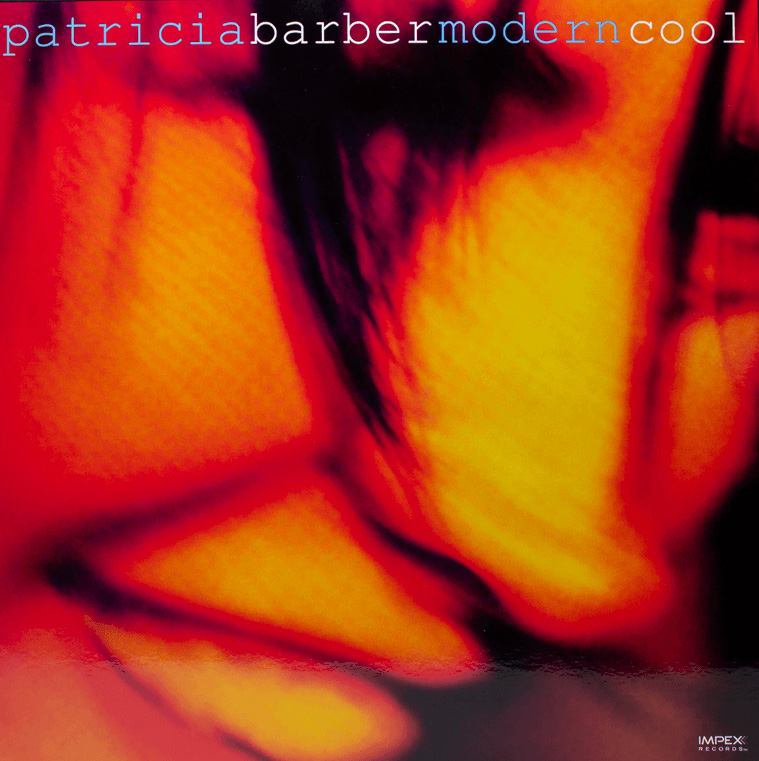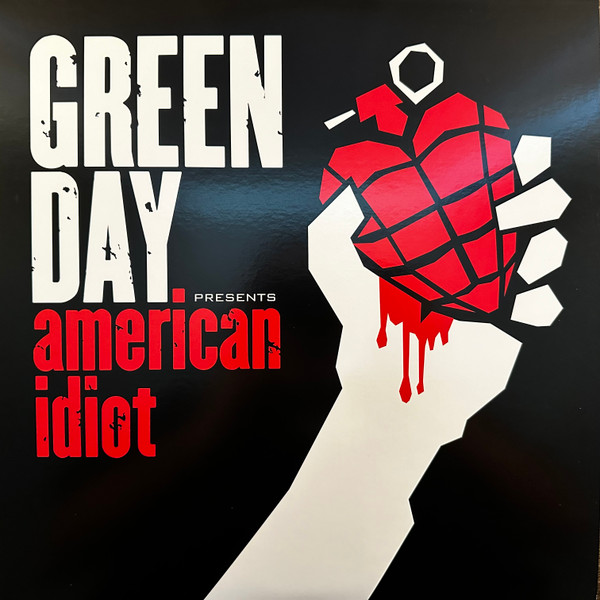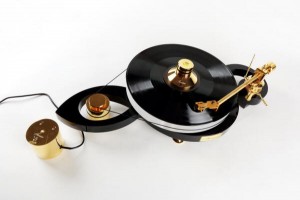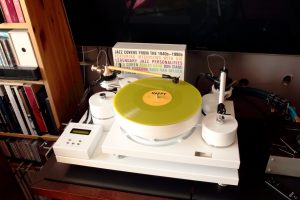I have a long history with VPI and it has been a delightful journey. From a turntable perspective, I have owned or reviewed the HW-19 MK4, the Aries 3, and the Avenger Plus. I have also seen my share of VPI tonearms, including the JMW-10, JMW-12.7, the JMW-12 3DR, and now both the Fatboy Unipivot and Fatboy Gimbal designs.
I have dabbled with other turntables and associated arms over these many years including the Dual 1219, the Denon DP-1200, the Kuzma Stabi, the Rega Planar3, and back in my undergraduate days I even owned a Bang and Olufsen Beogram RX. Through it all, I always came back to VPI. Why? I learned over time to greatly appreciate the innovative designs, the dependable quality, and the ease of setup. Sound quality was always up there with the very best at every price point.
Maybe even more importantly, I felt a sense of personal trust and connection with the management team and the support staff. These days, with the never ending influx and efflux of new and retired audiophile brands, it always helps to feel secure about the long term viability of the product line, and the company standing behind it.
VPI is a family run company, and I feel strongly that there are many advantages to that. I have spent considerable quality time with Harry and Mat Weisfeld, as far back as the last 1994 CES in Chicago. I have even discussed several projects over the years with Mat's lovely wife Jane over the phone. These relationships began many years ago—even before I was a reviewer. The superb quality of customer support and responsiveness has always been the same. These folks care.
But, the most interesting and rewarding friendship was with the late Sheila Weisfeld—Harry's wife and Mat's mother. Whenever I would call in she would remember me, and sometimes it would take 30 minutes to just catch up and talk about life in general before getting to the business at hand. She was extremely helpful, and several times went well beyond the call of duty with my questions and requests. Such a wonderful lady! She is greatly missed.
Having touched on these backstories, lets move on to my review of the VPI Fatboy. My focus will be on the sound. At a high level, I will also compare some of the past VPI arms mentioned above. Bottom line, this was an extremely enjoyable experience that shined a wonderful new light on my entire vinyl collection.
Review System
- Sonus Faber Stradivari Speakers
- REL No. 25 Reference Subwoofers
- VAC Signature Mk IIa SE Preamplifier w/Phono Section
- Pass Labs XA100.5 Monoblock Amplifiers
- VPI Avenger Plus Turntable
- VPI Unipivot Fatboy Tonearm w/Nordost Reference Phono Wire
- van den Hul Crimson XGW Stradivarius Moving Coil Cartridge
- dCS Bartók DAC
- Aurender N10 Music Server
- Synergistic Research Element CTS Cables throughout
- Synergistic Research PowerCell 12 UEF SE Power Conditioner and SRX Power Cord
- Synergistic Research Passive Ground Block
- Rix Rax Hoodoo Component Rack
- Adona Zero GX1 Amplifier Stands
- Custom Isolation Inc. Acrylic Shelves
- Magico QPod Isolation Footers
Caveat Emptor
System synergy and personal taste are critical when evaluating high-end audio products. This review is based on my subjective requirements, my subjective ears, my specific system configuration, and my specific listening room. This combination is only one data point of many that exist out there for these components. Please consider my comments and analysis accordingly.
Design
As stated above, my intent here is to primarily focus on the sound. Detailed design information and specifications for both the Fatboy Gimbal and Fatboy Unipivot can be found on the two VPI websites (VPIIndustries.com and VPIForum.com).
Both Fatboy arms under evaluation here are twelve inch models. Key considerations include the 3D printed epoxy arm/tube construction, a triangular to circular resonance canceling taper, a micrometer-style multi-dimensional adjustable counterweight, an adjustable azimuth outrigger weight system (Unipivot only), and Nordost Reference wiring. A VPI Dual-Pivot Assembly is available for the Unipivot model.
For comparison purposes, the JMW-12.7 (introduced in 2010) is a twelve inch unipivot design, but utilizes a finely machined circular tapered aluminum arm tube. The JMW-12 3DR (introduced in 2015) is also a twelve inch circular unipivot tapered design, with an epoxy one-piece 3D printed arm tube as the name implies. This one-piece construction includes both its head shell and the counterweight mount.
Without getting into all the details, counterweight and azimuth mechanisms for both tonearms are similar, but slightly less sophisticated than the Fatboy designs. All four are fairly easy to set up properly. Though the folks at VPI are not big believers in anti-skating, all four arms have an optional anti-skating mechanism and adjustment for those who feel that this is important.
Rigidity and mass are critical variables across all four tonearms as each successive generation provided not only improved performance, but also better flexibility for cartridge selection. Again, please see the VPI websites listed above for these specifications and cartridge compatibility insight.
VPI Fatboy Gimbal
VPI Fatboy Unipivot
Sound
Before diving into my impressions on sound, please note my system configuration and components above. I used the van den Hul Crimson XGW Stradivarius moving coil cartridge with all four arms during the evaluation. My trusty VAC Signature Mk IIa SE preamplifier with phono section proved once again to be an incredible review tool. The VAC reaches deep down into the music and brought out the very best in performance for all four tonearms, and also helped me greatly define the key differences. The VAC phono section continues to amaze.
Two of my local audio buddies came by to help me out over several listening sessions. Though it was a very time consuming and thorough process for setup and evaluation, we managed to combine it with a few dinners out, and of course our favorite craft beers and bourbon whisky. It might sound boring to many, but we had a great time and learned a lot!
I should also state upfront that I did own the JMW-12.7 for many years on my Aries 3 (Extended) so I am very familiar with its performance, but that arm and table have long ago moved on. Fortunately, my friend was able to bring his JMW-12.7 along for the comparison.
Though not inexpensive at a list price of $3000, I always felt that the JMW-12.7 was an excellent performer and provided great value in its day. In my current system, and with the Stradivarius cart, there was a very physical sense of power, weight, and scale. The soundstage was expansive, though imaging was not as locked in and holographic as the very best. The amount of detail and level of transparency was extensive, but there still seemed to be something left on the LP to be retrieved.
Many excellent sounding LPs can still have sibilance at certain frequencies. We had to be very careful with the JMW-12.7 setup to properly manage this as it was a very sensitive issue for this arm during playback. Having said all of the above though, it is not fair to be overly critical of the JMW-12.7. At that price point, and especially at current used asking prices that I have seen on the Internet, it is still a fantastic tonearm and as I said, it provided great satisfaction for many years in my system.
Next up was the JMW-3DR with a list price of $3200. The JMW-3DR is still generally available for new purchase. As soon as the needle dropped into the groove, it was immediately apparent that sound quality had taken a significant step forward. Sibilance was less of an issue, and output seemed much more refined and linear. There was a very natural coherency and structure to the sound.
Detail, speed, and imaging were impressive—a clear improvement over the JMW-12.7. All of this translated to a large soundstage well beyond the speakers and in all directions. Image placement was specific and locked in. Upper and lower frequencies were much more dynamic and extended. Bass performance in particular had more muscularity and authority, though mid-bass could have used slightly more weight and bloom for my taste.
Lastly, we have the Fatboy Gimbal and Fatboy Unipivot. Many folks have been yearning for a VPI Gimbal offering since the beginning of time it seems. You have your Gimbal champions and you have your Unipivot champions. Now VPI has given you both options with the Fatboy. Many prefer the setup and more stable tracking of the Gimbal designs, but I have been weaned on Unipivot arms, so I was intrigued by the comparison.
When the Dual-Pivot Assembly was not used with the Fatboy Unipivot, we could not really tell much of a difference between the two models. Earlier, it was difficult to put my finger on what I was missing with the JMW-3DR, but now it was crystal clear. There was a liquidity and ease to the sound for both Fatboys that allowed us to just relax and take it all in. Harmonics, harmonics, and more harmonics!
Mids especially had a wonderful rich texture and palpability that just flowed from the music. Highs had a proper splash of attack and inner detail without edge and strain. Sibilance was now almost a non-issue—even with our most difficult record choices. Micro and macro dynamics also improved as special cues and sudden transients had our hair standing on end for certain recordings.
We then installed the Dual-Pivot Assembly with the Fatboy Unipivot. I was surprised, but it did make a subtle difference. Though it seemed to slightly flesh out the performance at all frequencies, it was the bass performance that noticeably improved with additional bottom end authority and slam. At the end of our evaluation we took a vote and the results were unanimous. This was our favorite combination.
Of course, this was a little confusing. I heard through the grapevine that Harry Weisfeld preferred the Gimbal over the Unipivot, but the reasons were not well explained by the time this information reached me. Let's remember too that this is the Industry Icon who actually designed both arms! It was also hard not to notice that the new VPI 40thAnniversary turntable came standard with the Fatboy Gimbal—not the Fatboy Unipivot.
Other reviewers have shown a preference for one or the other, but there has been no real consistency. Maybe this is a good thing and shows the fundamental strength of the basic design. My guess is that it could have been an arm/cartridge synergy, or some other specific component variable in my system that made a difference. Or, it could be our setup procedure, which can sometimes be subjective when fine tuning. In any case, we loved both Fatboys in my system and with my cartridge, though you may have your own preferences. Either way and with either model, the Fatboy is an absolute killer!
Music
Note: All musical references below were determined when using the Fatboy Unipivot and the Dual Pivot Assembly.
Dire Straits – Dire Straits MFSL 45 RPM LP
Dire Straits' first release and one of my all time favorites, Mobile Fidelity really hit this one out of the ballpark. "Sultans of Swing" never sounded so engaging. I have several excellent vinyl and CD originals and reissues in my collection. This is a clear step up in SQ. The Fatboy drives Mark Knopfler and his guitar forward with a richness of color and density that I never realized was possible on this instrument, and on this track. Vocals just seem to float between the speakers with a sweetness and transparency that will have you shaking your head. I never really noticed much about the drums before, but now they pop out of the deep black background with an incredible amount of snap and weight. Exciting stuff!
Rickie Lee Jones, Girl At Her Volcano. Japanese Warner 33 RPM EP
"Under the Boardwalk" is a sonic marvel and one of the best ever for demonstration purposes. Rickie Lee Jones on vocals can often be quite strident and thin, but not here with the Fatboy running the show. You will swoon as Rickie slowly begins the song with just the snares and bass providing the background and foundation. Soon you have the backup singer, guitar, and vibes joining in one at a time. Finally, when the entire group reaches a crescendo, you will quickly be on the edge of your seat. What makes this so special is the huge soundstage and spread of instruments and vocalists across the listening room. Everything is astonishingly well layered and clearly defined.
Malcom Arnold & The London Philharmonic Orchestra, Arnold Overtures. Reference Recordings 33 RPM LP
Arnold Overtures is a classic audiophile pressing from Reference Recordings. The first track, "A Sussex Overture", is just one of many highlights. For my ears, many classical recordings do not provide the proper pace, rhythm and timing that the music deserves. Not here with this tonearm and this pressing. The dynamics are just breathtaking. There is tremendous depth and separation across the entire soundstage. Strings have the proper air and attack without edge. Horns have the brassy golden glow of the real thing. Percussion can be felt from your chest right down into your listening seat. Glorious!
Charles Mingus, Ah Um. Classic Records 33 RPM
When folks ask me for a short list of my favorite Jazz recordings, Ah Um is always near the top. An absolute masterpiece for both performance and sound, but now more captivating than ever with the Fatboy. "Goodbye Pork Pie Hat" really delivers the goods. Horace Parlan on piano and John Handy on tenor sax slowly and surely lead us through a brilliant, if not mesmerizing, duet of tone, timbre, and pitch. Smooth, resonant, weighty, smokey, breathy—the descriptives are endless. Simply recorded. Simply brilliant. The Fatboy really shines here.
Final Thoughts
To say that I was impressed with the Fatboy is an understatement. It has now found a permanent home in my system. The improvements realized across the board were well beyond my expectations considering the excellent performance of the JMW-12 3DR, and even before that with the JMW-12.7. As I continue to work my way through my favorite LPs during these holidays in the cold winter of the Midwest, I find myself more satisfied if not overjoyed with the sound of my analog front end. Every listening session just reinforces my decision and the investment in the Fatboy. This seems to be a rare thing these days as the digital world continues to quickly evolve and can sometimes overwhelm my front end choices. All I can say is that analog still rules and the Fatboy has contributed mightily!
Fatboy Gimbal and Unipivot Tone Arms
Retail: $4000
VPI




